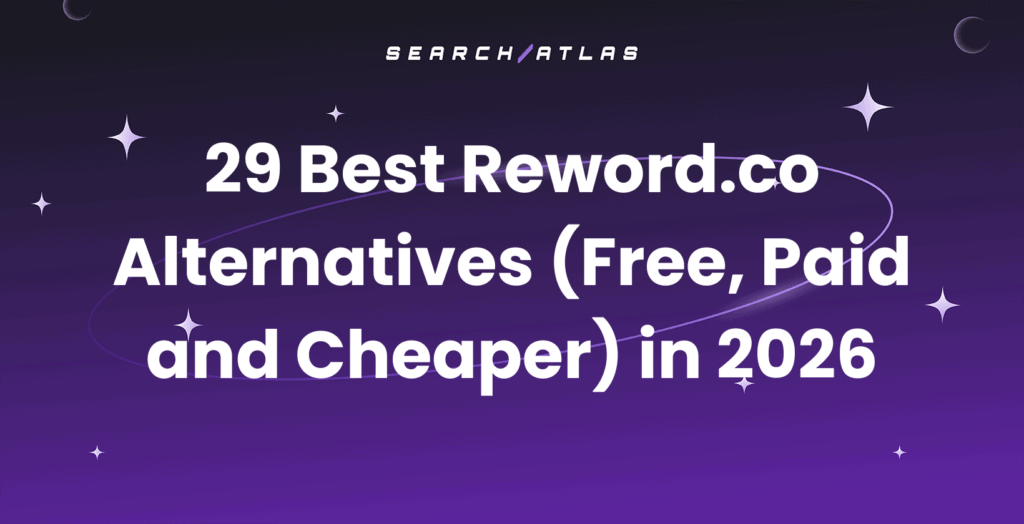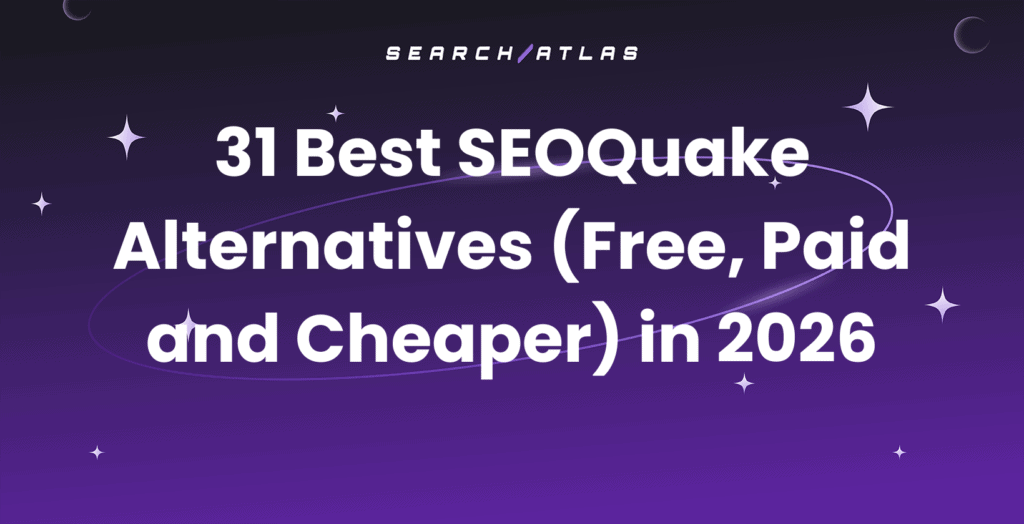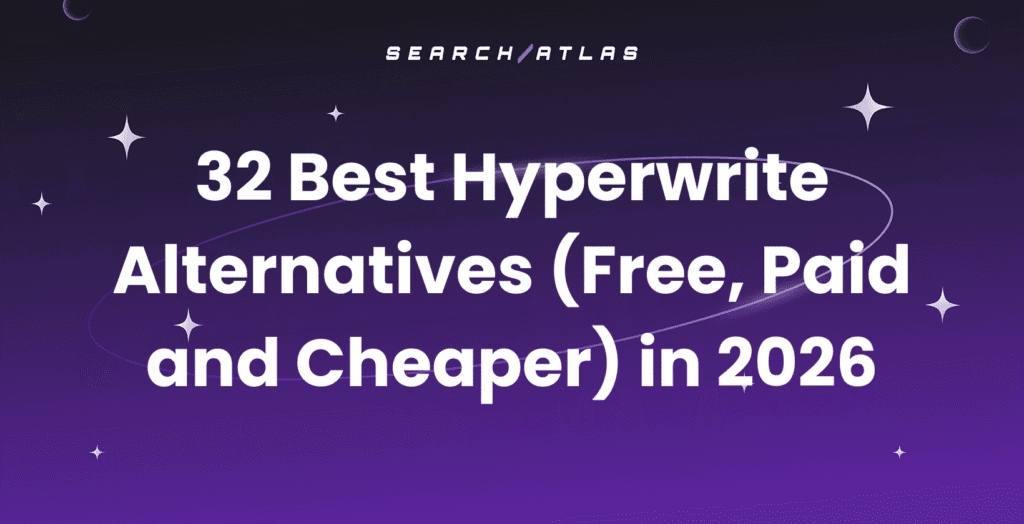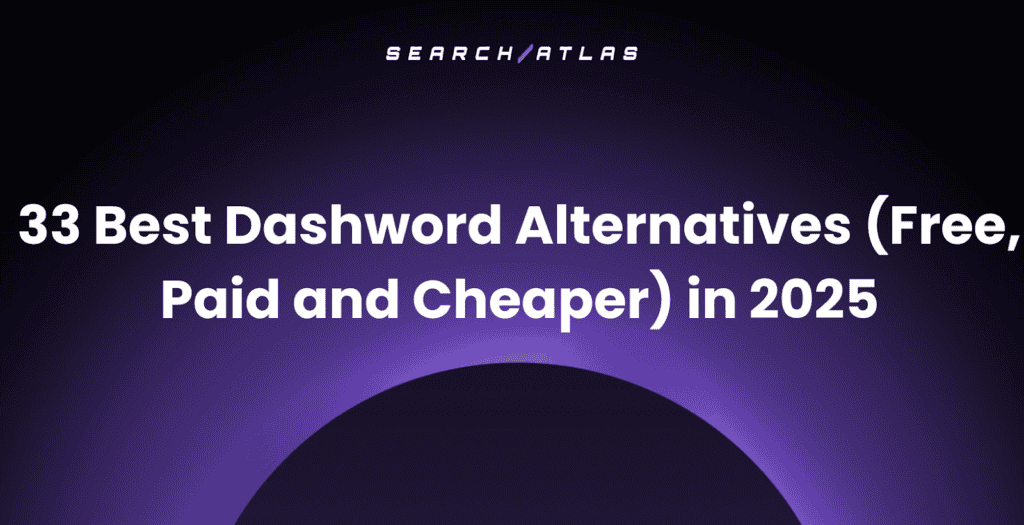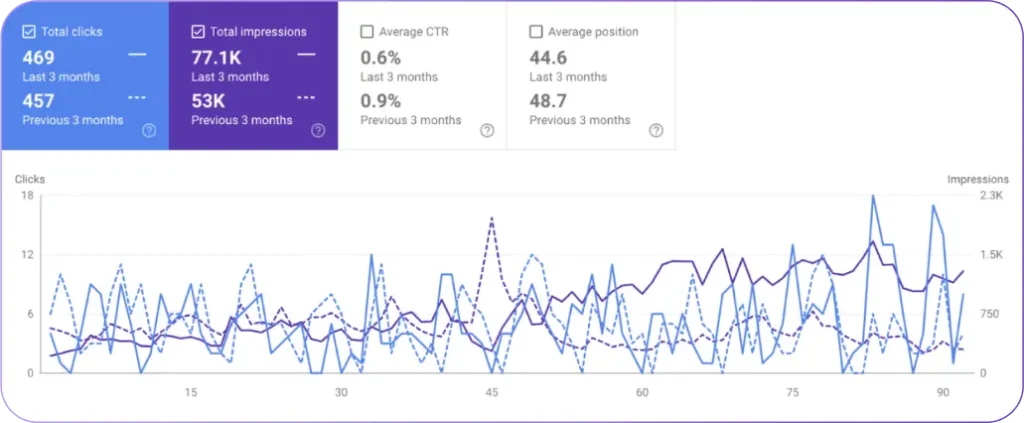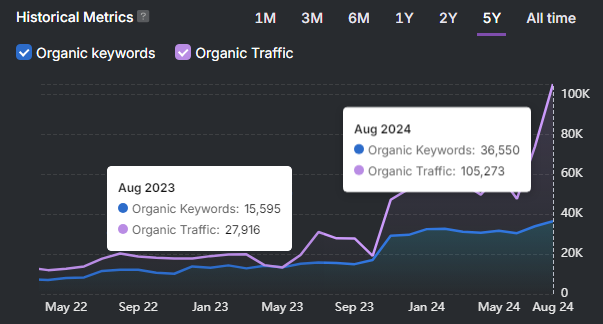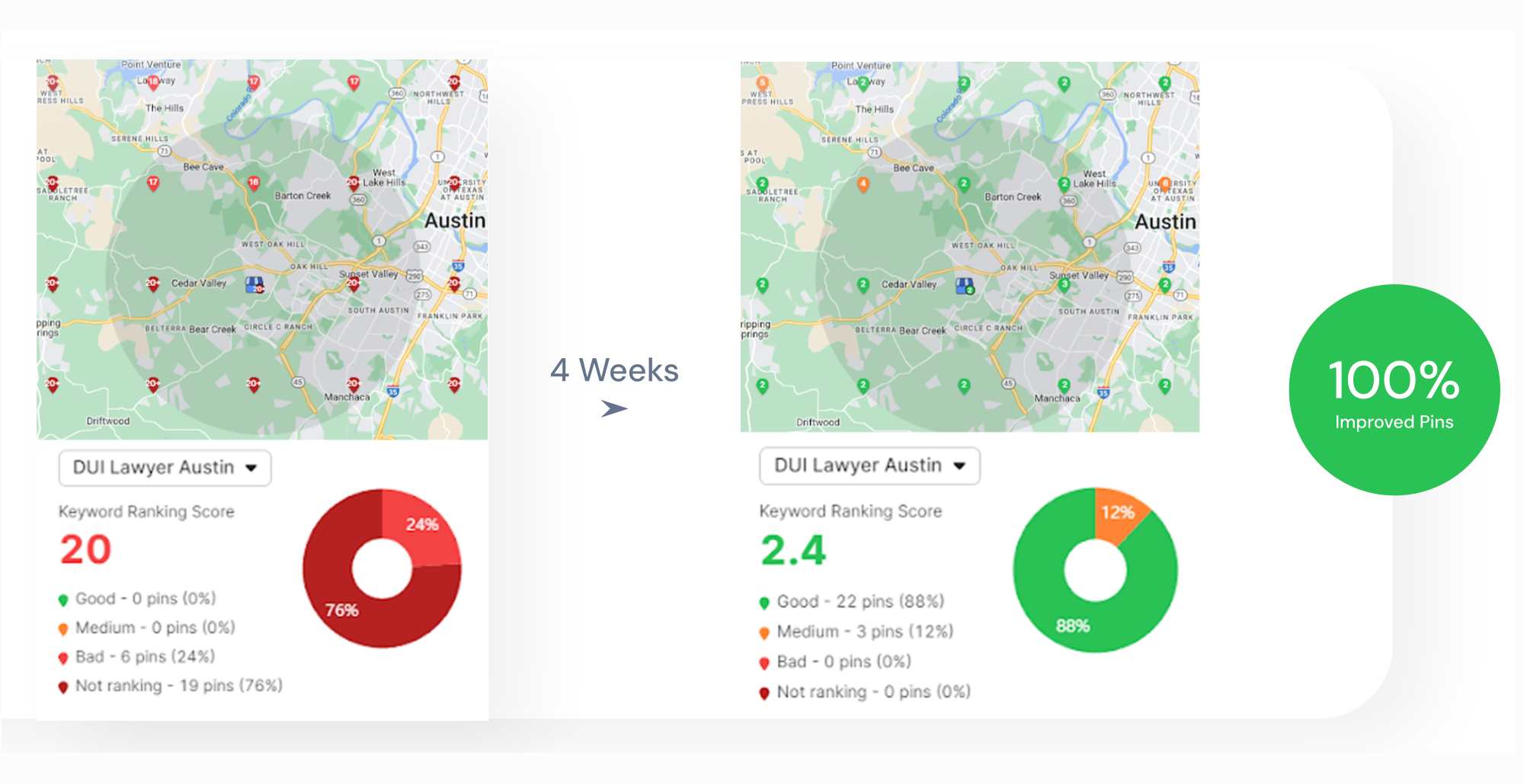Improving your site’s authority and visibility goes beyond on-page fixes. This off-page SEO checklist focuses on the real steps that help search engines and users see your content as trustworthy and valuable.
Backlinks are still one of the most powerful signals in Google’s ranking algorithm. But it’s not just about quantity. The quality, relevance, and consistency of those links matter more than ever. Off-page SEO also includes efforts like citations, brand mentions, and content promotion.
Practical Off-Page SEO Checklist
Follow these steps to build stronger authority, earn better backlinks, and make your content more trusted across the web.
1. Build Meaningful Backlinks from Quality Sites
Backlinks from trusted, topically relevant websites help search engines measure your site’s authority. The higher the linking site’s domain power, the more value that link passes to your page. But not all backlinks carry the same value. The authority of the linking site matters.
Search Atlas uses Domain Power (DP), a proprietary metric based on real performance data from Google Search Console (GSC), including ranking keywords and organic traffic.
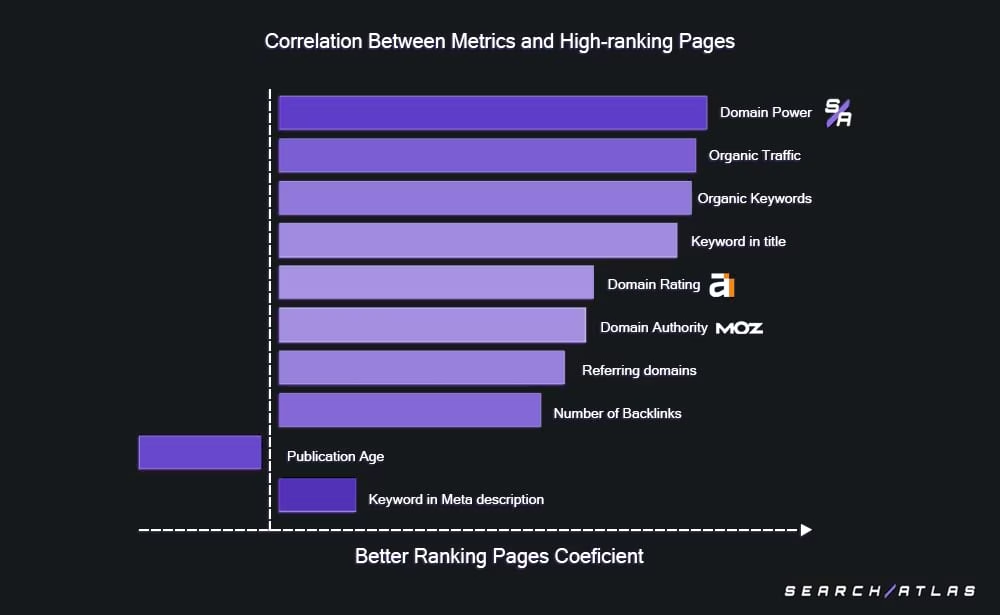
When building links, aim for websites with high Domain Power (DP). You can earn links by writing guest posts, fixing broken links on other sites with your own content, or sharing helpful resources like guides or reports that others will want to reference.
2. Track and Monitor Your Backlink Profile Regularly
Your backlink profile is the collection of all websites linking to your pages. It includes information like the number of referring domains, the quality of those domains, the anchor text used, and whether the links are dofollow or nofollow.
If your site attracts links from low-quality, irrelevant, or spam-heavy domains, it can negatively impact your rankings.
You can check this with the Search Atlas Backlink Research tool. Go to Backlinks > Backlink Research.
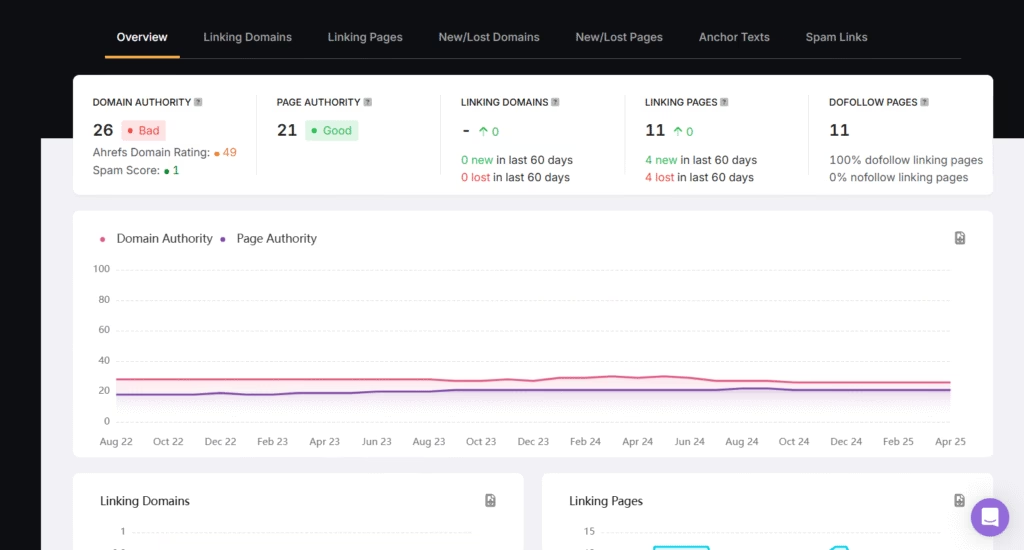
It provides a comprehensive overview of your backlink profile:
- Domain authority: Overall strength and trustworthiness of your domain
- Page authority: Strength of specific pages on your site
- Linking domains: Number of unique websites linking to your site
- Linking pages: Total count of all individual backlinks
- Dofollow pages: Percentage of links that pass authority
- Anchor texts: The text used in the links pointing to your pages
- New/lost domains and pages: Tracks changes in your backlink profile over time
- Spam links: Identifies potentially harmful referring pages
Use these insights to detect unusual spikes in poor-quality links, spot patterns that look unnatural, and disavow any links that could lead to penalties.
3. Research Competitor Link Sources to Find Gaps
If your competitors rank higher, their backlinks may be the reason. Reviewing their link sources helps you find opportunities they’ve already uncovered.
The Search Atlas Link Gap Analysis tool compares your backlink profile with up to six competitors and reveals which referring domains link to them but not to you.
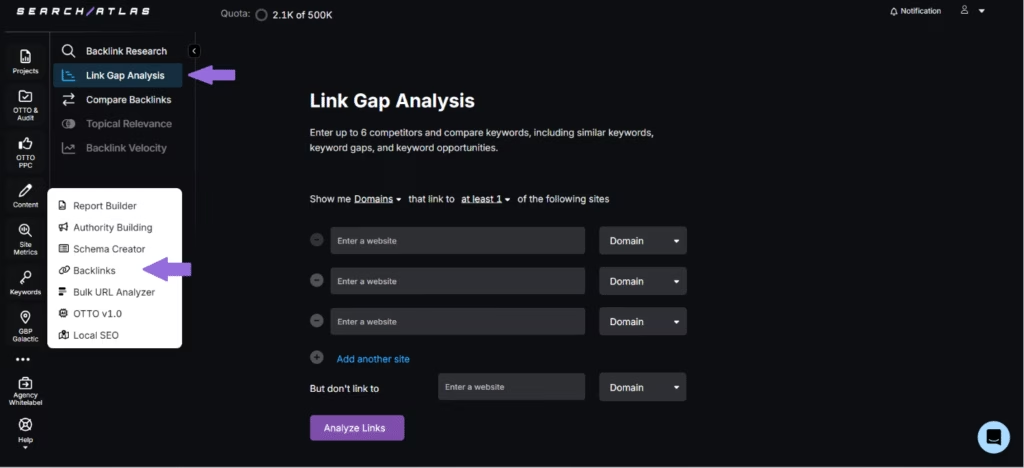
These are valuable outreach targets that are already linking to similar content.
4. Distribute Press Release
Well-distributed press releases help improve off-page SEO by generating branded backlinks and landing coverage on trusted media sites. This boosts your domain authority, builds topical relevance, and increases the chances of your content being indexed faster.
Use OTTO to create and send SEO-ready press releases through up to 15 trusted media channels.
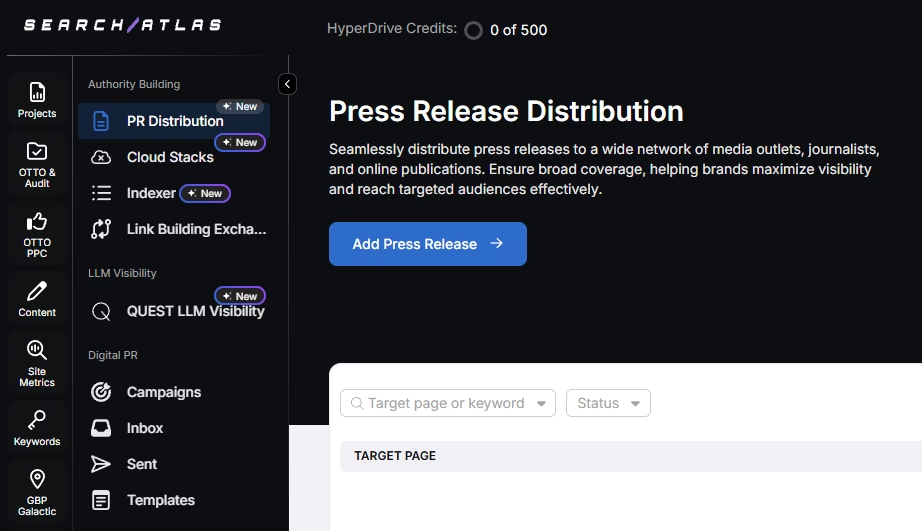
Each release helps build backlinks, increase brand visibility, and support indexing, while live tracking shows your progress directly in the dashboard with no manual media outreach required.
5. Cloud Stacks
Cloud stacking uses public cloud platforms like Google Docs, Amazon S3, and Microsoft Azure to host documents that link back to your website. These files are crawlable by search engines and can help pass link authority when set up properly.
Each document should include relevant content, branded mentions, and backlinks to your key pages. Because these platforms are trusted by search engines, they often get indexed quickly and can help your site appear for more branded and niche-related searches.
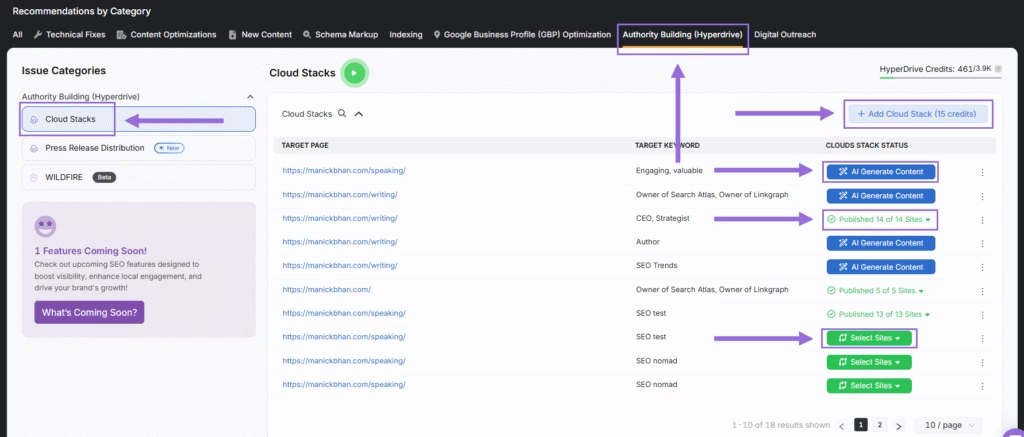
Cloud stacks also help diversify your backlink sources. When structured clearly and linked together, they support your site’s visibility and build safe, long-term authority.
6. Actively Earn Brand Mentions
Brand mentions happen when your business, products, or services are referenced online, even if there’s no link to your site. These mentions can drive direct searches, increase awareness, and strengthen your reputation across the web. While they aren’t a direct ranking factor, they support long-term visibility and often lead to future backlinks.
To earn more mentions, look for ways to increase your brand’s presence naturally. Collaborate with influencers, publish press releases, launch user-generated content campaigns, or join industry podcasts and webinars.
You can also set up Google Alerts for your brand name to track when and where you’re mentioned. This gives you a way to monitor exposure and spot opportunities to engage with.
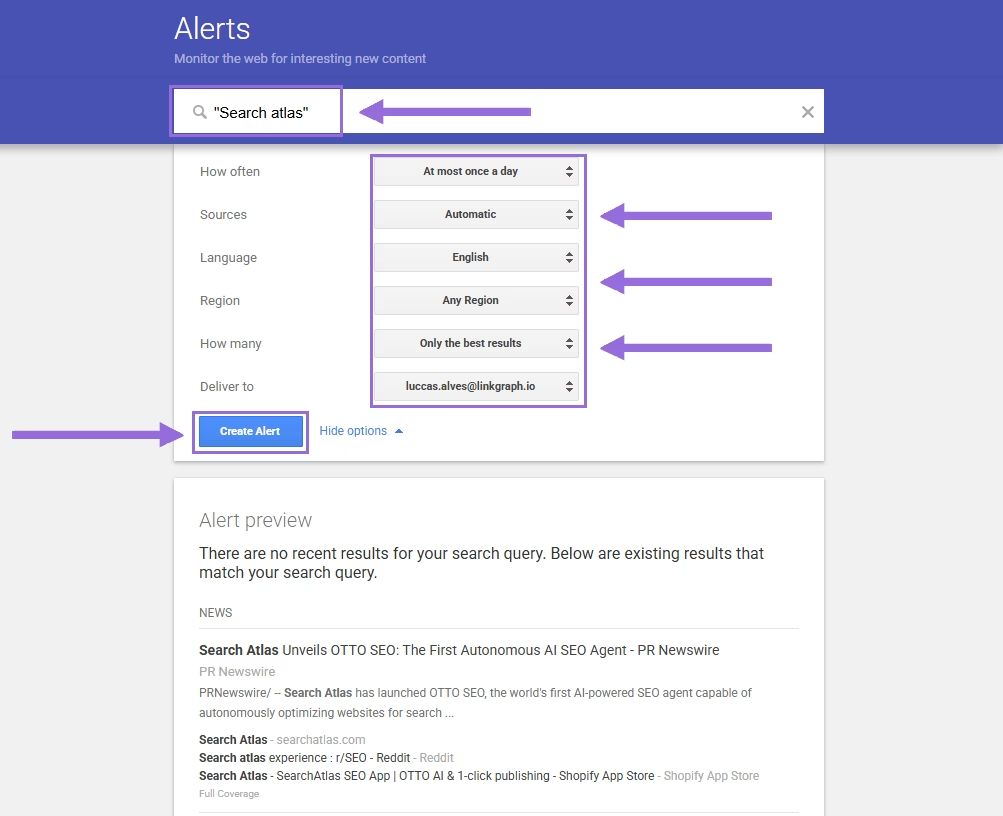
7. Cultivate a Strong Social Media Presence
While social shares don’t directly boost rankings, they drive traffic, increase mentions, and encourage links. Social media also increases brand searches, which supports SEO.
Stay active where your audience is. Post regularly, engage in conversations, and repurpose content into diverse formats like short videos, infographics, or interactive polls to broaden your reach. Actively respond to comments and messages, and encourage content sharing to maximize engagement.
8. Automate High-Quality Link Building
Acquiring high-authority backlinks is essential for off-page SEO, but manually building them consistently can be time-consuming and challenging. Without an efficient strategy, securing valuable links that significantly impact your search engine rankings can be a struggle.
Use Search Atlas WILDFIRE to automate backlink acquisition through a 2:1 exchange network.
Navigate to OTTO & Audit and select your crawled website. In the Overview section, go to Authority Building (Hyperdrive) > WILDFIRE.
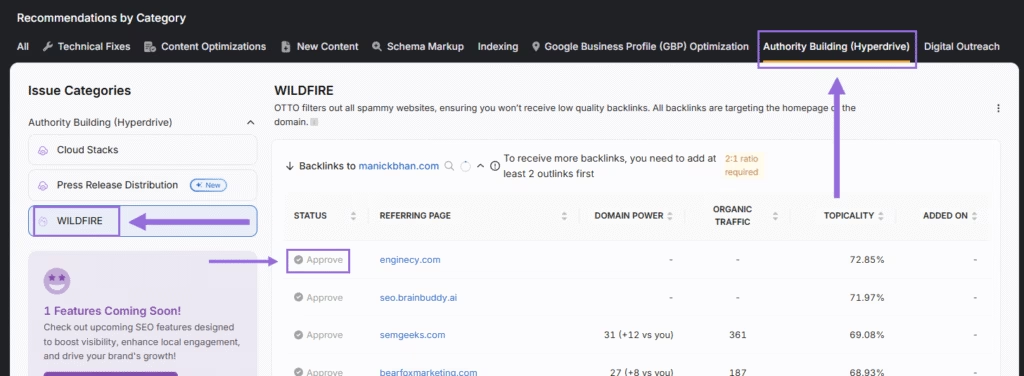
Configure your link exchange by adding two outbound links to relevant websites and earning one inbound link from a topically relevant website.
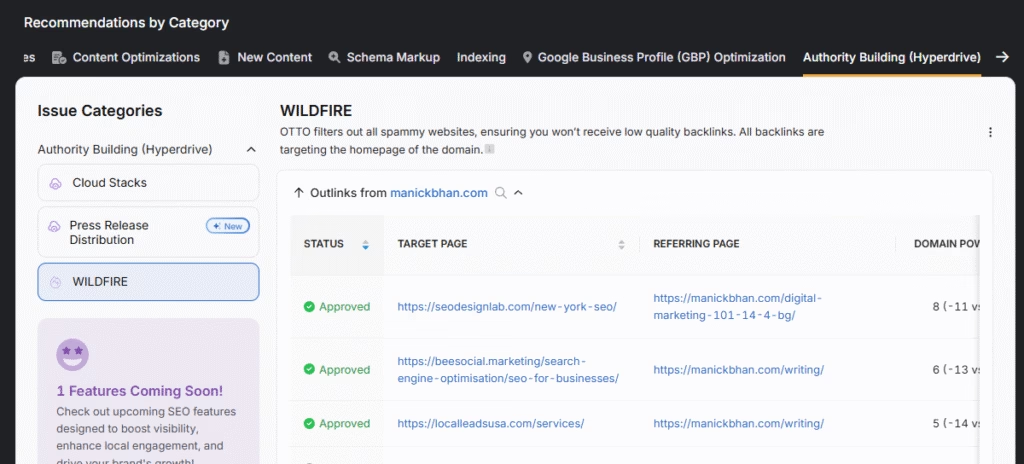
9. Streamline Digital Outreach
Manual outreach can become unmanageable without a way to track who you’ve contacted, what stage they’re in, or how effective your campaigns are. Without a proper system, it’s easy to lose leads, repeat cold emails, or fail to follow up on active opportunities.
Go to Authority Building > Digital PR > Campaigns to create and manage outreach campaigns directly from your dashboard.

You can also track each campaign’s progress, so you always know which stage your prospects are in.
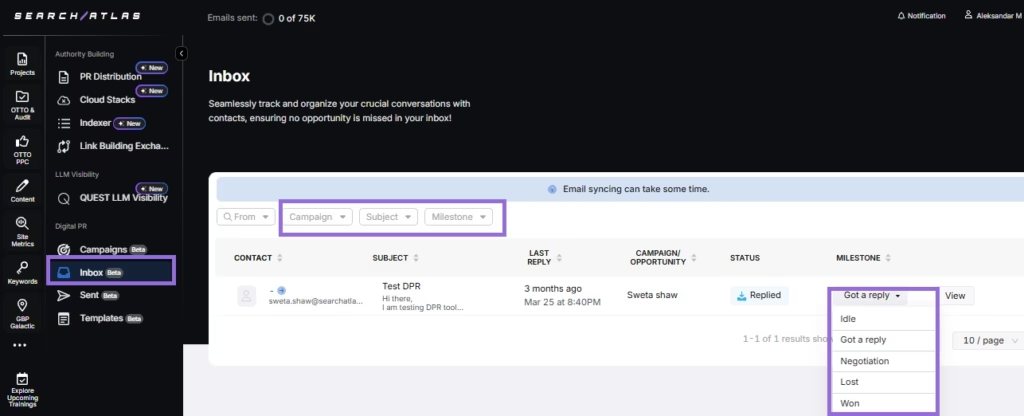
Strengthen Your SEO Beyond Your Website
Off-page SEO is where your site earns trust and authority from the outside world. This Off-Page SEO Checklist outlines essential steps, from building strong backlinks to managing precise outreach and optimizing local listings. Each strategy helps search engines validate your content and boosts your credibility with users.
The right tools make this process smarter and more efficient. Consistent effort in off-page SEO drives long-term growth, boosting your site’s authority and improving its search rankings over time.


